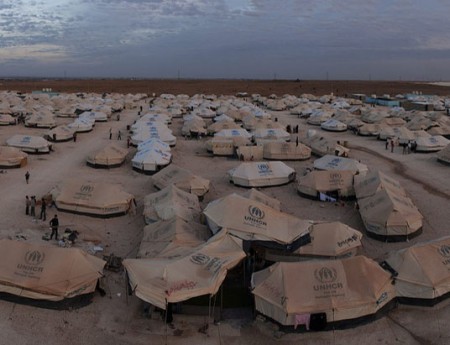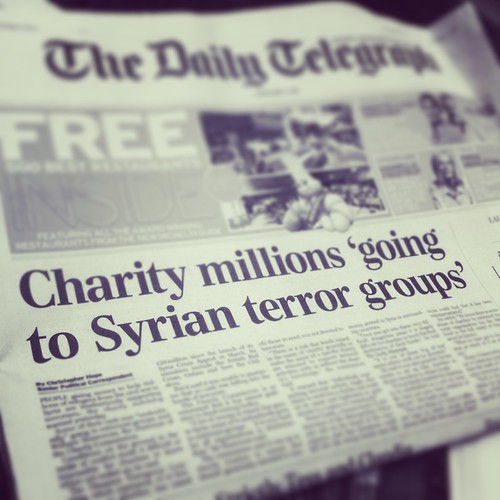
This article was originally published by the IPI Global Observatory on 17 June 2016.
Earlier this week, a damning report from advocacy group The Syria Campaign accused the United Nations of breaching its humanitarian principles by prioritizing cooperation with the Assad government “at all costs.” This is not the first time that such charges have been leveled. An internal inquiry into the UN’s response to the final days of the decades-long Sri Lankan civil war found that officials privileged maintaining good relations with the Colombo regime over their responsibilities to protect human rights.
What is more, the UN has recently been at the receiving end of an avalanche of revelations that it has succumbed to pressure from it member states over its reporting and language:
- Australia lobbied hard to ensure that UNESCO removed the Great Barrier Reef from a list of endangered world heritage sites, despite near universal consensus among scientists studying the reef that it is, indeed, deeply at risk as a result of climate change and runoffs from coastal farms and industrial plants.
- Saudi Arabia threatened to defund UN programs, and to encourage other Islamic countries to do the same, if the UN did not remove a report’s references to patterns of violations against children in Yemen committed by the Saudi-led coalition.
- Morocco threatened to withdraw support for UN operations in retaliation for Secretary-General Ban Ki-moon referring to Western Sahara as “occupied,” despite the fact that this is precisely the legal situation in that part of the world until a referendum on its future can be held.
- Myanmar insisted that UN officials refrain from using the term “Rohingya” to refer to an ethnic minority in that country and has threatened to withdraw cooperation with any that do. Some, such as the Secretary-General’s Special Envoy Satish Nambiar, have complied with the regime’s demand, overlooking the right of groups to self-identify. Others, such as Special Rapporteur on Human Rights Yanghee Lee continue to use the label and have faced vilification because of it.




